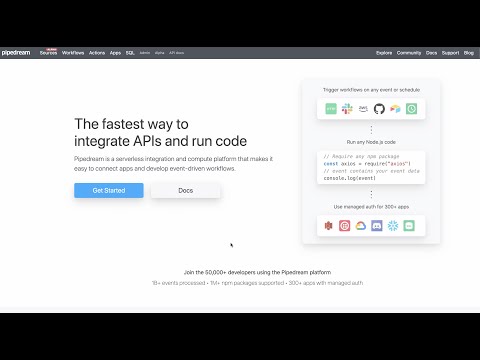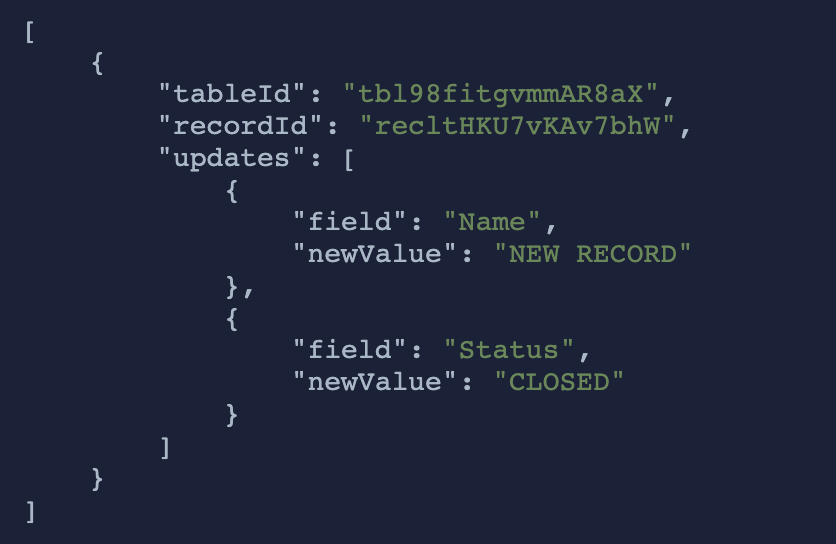What do you want to automate
with Slack and Loop Returns?
Prompt, edit and deploy AI agents that connect to Slack, Loop Returns and 2,800+ other apps in seconds.
Trusted by 1,000,000+ developers from startups to Fortune 500 companies
Popular Ways to Connect Slack with Loop Returns#
Popular Slack and Loop Returns Triggers#
Emit new event when a new message is posted to one or more channels
Emit new event when a label is updated. See the documentation
Emit new event when a new return is created. See the documentation
Emit new event when the status of a return has been updated. See the documentation
Popular Slack and Loop Returns Actions#
Cancels a pending return request in Loop. See the documentation
Send a message to a public or private channel. See the documentation
Flags a particular return as important inside Loop. Requires return ID as a mandatory prop. See the documentation
Send a message to a user, group, private channel or public channel. See the documentation
Configure custom blocks and send to a channel, group, or user. See the documentation
Overview of Slack#
The Pipedream app for Slack enables you to build event-driven workflows that interact with the Slack API. Once you authorize the app's access to your workspace, you can use Pipedream workflows to perform common Slack actions or write your own code against the Slack API.
The Pipedream app for Slack is not a typical app. You don't interact with it directly as a bot, and it doesn't add custom functionality to your workspace out of the box. It makes it easier to automate anything you'd typically use the Slack API for, using Pipedream workflows.
- Automate posting updates to your team channels
- Create a bot to answer common questions
- Integrate with your existing tools and services
- And much more!
Connect Slack#
import { axios } from "@pipedream/platform"
export default defineComponent({
props: {
slack: {
type: "app",
app: "slack",
}
},
async run({steps, $}) {
return await axios($, {
url: `https://slack.com/api/users.profile.get`,
headers: {
Authorization: `Bearer ${this.slack.$auth.oauth_access_token}`,
},
})
},
})
Overview of Loop Returns#
The Loop Returns API enables merchants to automate and streamline their returns and exchanges process. It offers endpoints that allow you to initiate returns, update return states, and manage return-related data, all programmable to fit into your existing e-commerce and customer service workflows. With Pipedream, you can trigger workflows based on events in Loop, or use actions to call the Loop API directly, automating tasks like syncing return data with customer service platforms, updating inventory management systems, or even issuing refunds.
Connect Loop Returns#
import { axios } from "@pipedream/platform"
export default defineComponent({
props: {
loop_returns: {
type: "app",
app: "loop_returns",
}
},
async run({steps, $}) {
return await axios($, {
url: `https://api.loopreturns.com/api/v1/allowlists`,
headers: {
"accept": `application/json`,
"X-Authorization": `${this.loop_returns.$auth.api_key}`,
},
})
},
})
Related Videos#


Community Posts#
